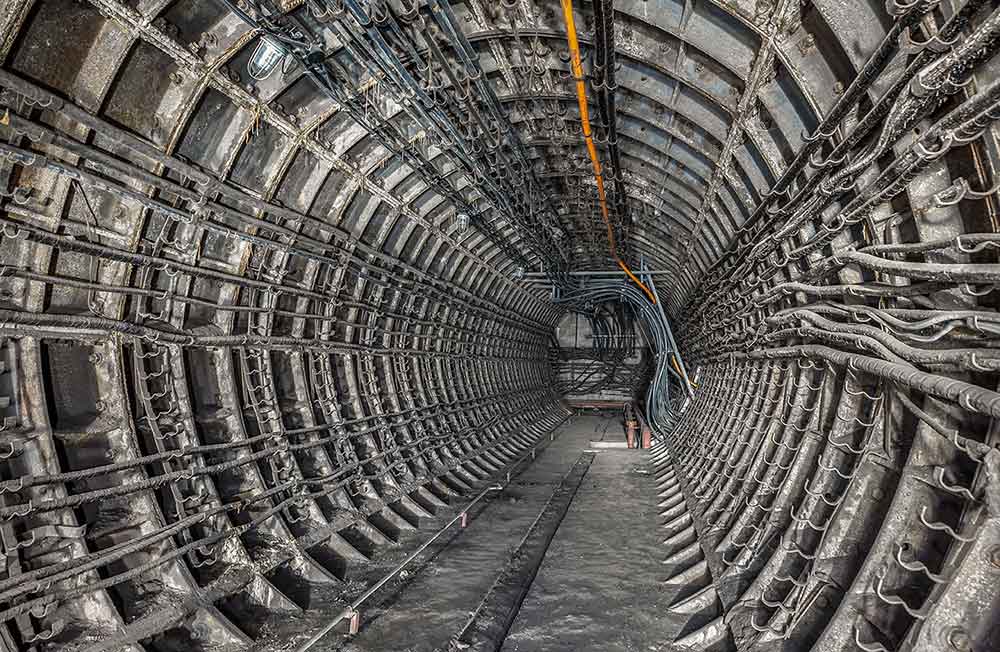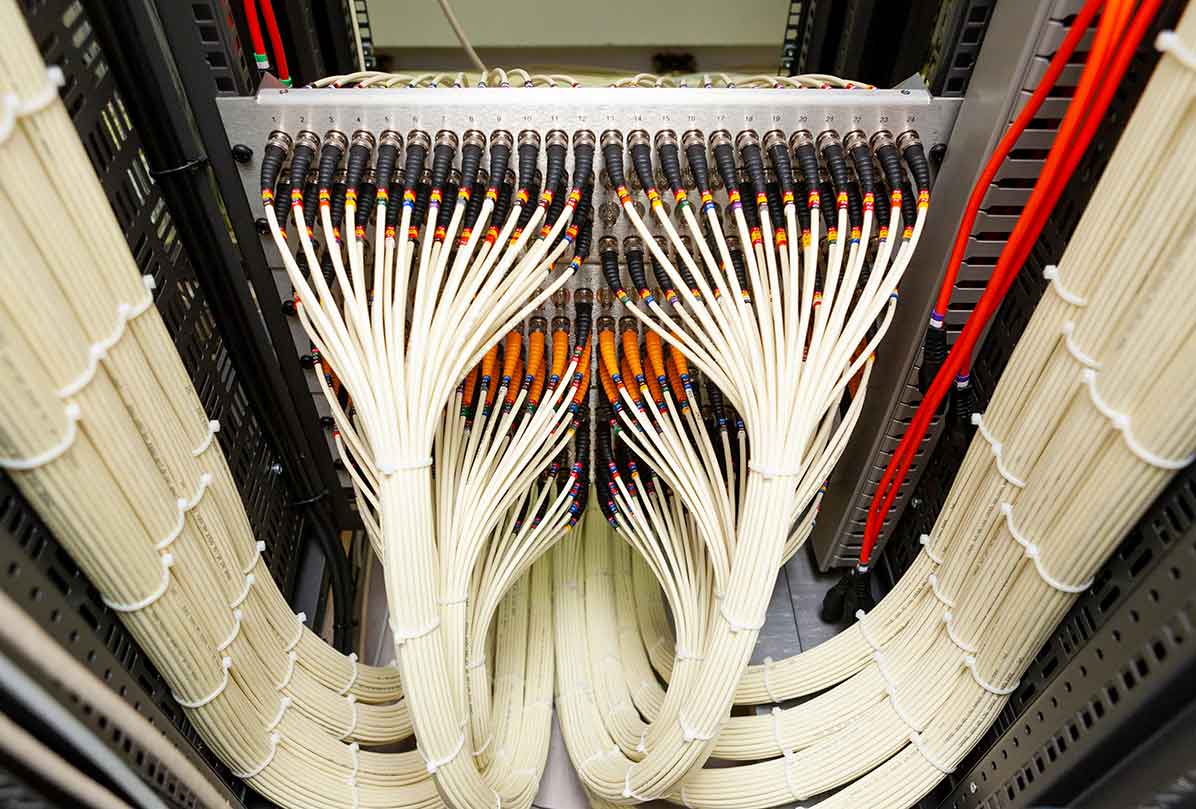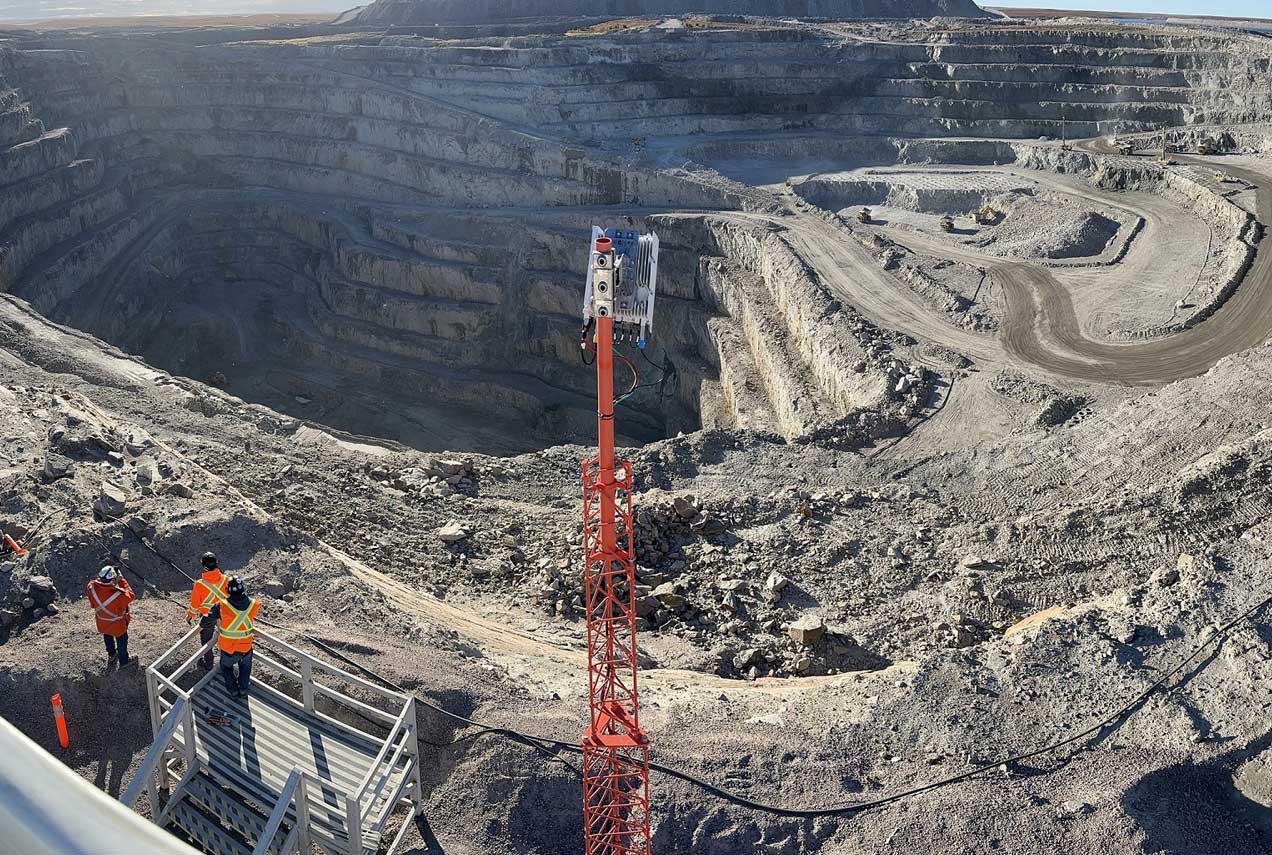Just as a well-organized desk eases work, a standardized approach to cable installation – structured cabling – simplifies and enhances your business communication network. It lays the foundation for compatibility and interoperability between varying systems and devices, creating an environment that consistently and reliably distributes telecommunications services.
A structured cabling system isn’t just about order; it’s about growth and adaptability. It’s designed with an eye toward the future, making expanding your business hassle-free.
What makes a robust structured cabling system worth investing in? It reduces installation and maintenance costs, bolsters flexibility and scalability, improves performance and reliability, and amplifies security. And who better to trust with such a crucial task than a seasoned company like National Technical Field Services (NTFS)?
This guide will give you a clear understanding of structured cabling services and how they act as the unsung heroes of your communication network. Let’s get started!
Key Takeaways From This Blog
- Structured cabling unifies all communications, simplifying management.
- Organized layout eases troubleshooting, reducing downtime.
- Designed for long-term adaptability and scalability.
- NTFS offers end-to-end services with 24/7 support.
- Outsourcing to experts like NTFS frees up focus for core business tasks.
Table of Contents
5 Advantages of Structured Cabling for Your Business
Structured cabling might sound technical, but its benefits are straightforward and tangible. Here’s why it’s a game-changer:
1. Consistency and Clarity
Structured cabling offers a unified system for all your data, voice, and video needs. No more juggling between multiple wiring infrastructures. It’s one clear, simple setup that remains consistent throughout your building. This uniformity means fewer complications and smoother communication.
2. Easy Troubleshooting
Imagine your setup is a jumble of wires, overlapping and running every which way. Finding a problem there could be like finding a needle in a haystack. Structured cabling sidesteps this issue. It uses an organized system, making identifying and rectifying any problems easy. Less downtime means more productivity, keeping your business running smoothly.
3. Adaptability and Longevity
As your business evolves, your tech will grow with it. You need an infrastructure that’s flexible and can keep up. Structured cabling is just that. It’s designed to handle a wide range of applications. So, whether upgrading systems or introducing new technology, your cabling infrastructure is ready and waiting. It’s an investment that keeps on giving, serving your business’s needs today and well into the future.
4. Scalability Boost
Growing your business should be exciting, not a logistical nightmare. Structured cabling is incredibly scalable, simplifying expansions or modifications. Want to add new devices or extend your network? The existing structured cabling setup can accommodate that with ease. It’s a growth-friendly choice, making scaling up a breeze.
5. Enhanced Performance
Structured cabling can handle high demand and heavy traffic. It provides robust performance and prevents interference between different systems. Your network can support the speedy, efficient data transfer you need for peak business performance.

The seasoned technicians at NTFS ensure that every aspect of your structured cable system is taken care of, from ladder racking, cable trays, conduit, j-hooks, relay racks, cabinets, to all telecommunications needs.
Outsourcing vs. In-House
In the complex world of structured cabling, from network cabling installation to IT room and server room cabling, businesses are faced with the crucial decision – to outsource or to manage in-house? Both options have benefits and challenges, but let’s dive into why outsourcing often holds the upper hand.
The Focus Factor
Every business has a unique set of core competencies that drive its success. These are the aspects of your business that differentiate you from your competition. When in-house teams take on tasks outside of these core areas, such as LAN structured cabling, it can dilute focus.
Outsourcing, on the other hand, allows your teams to concentrate on what they do best. External experts can manage your structured cabling, leaving you free to focus on your core business tasks and maintain the level of service that helped build your existing customer base.
Demand Dexterity
Business demand is not always steady; it often ebbs and flows. In-house teams may need help to keep up with these fluctuations, especially during peak periods.
On the other hand, you may have an overstaffed IT department during slower periods. Outsourcing provides you with the flexibility to navigate these demand fluctuations smoothly, ensuring top-notch service regardless of the business cycle, and the opportunity to get the most bang for your buck.
Venturing into Remote Areas
Expanding your business into remote areas can present unique challenges, especially when setting up and managing IT infrastructure. Building an in-house team for such projects can be logistically complex and financially draining.
Partnering with a technical field services provider is an effective solution that allows you to break into remote markets without the burden of staffing and managing a remote team.
Around-The-Clock Support
Operating in a global marketplace means providing 24/7 support. Keeping an in-house team operational round-the-clock can be taxing and financially intensive.
Service providers like NTFS provide 24/7 service level agreements, ensuring your network is constantly monitored and maintained. This ensures your operations run smoothly and enhances your reputation for customer service.
Understanding Structured Cabling Services
Structured cabling is far more than just an organized bundle of cables. It is a critical framework defined by industry standards that allow for smooth communication between different systems and devices.
But, what makes up a structured cabling system? Let’s delve into its 6 key components or subsystems:
1. Entrance Facilities (EF)
Think of the EF as the front door for your internet and phone services. This is where all the cables from your service provider come into your building. It’s a room filled with equipment that helps to route these services to the rest of the building.
2. Equipment Room (ER)
The ER is like the brain of your building’s network. This room is where all the essential network devices live. These devices control how data flows through the cables in your building. Since electronics don’t like heat or moisture, this room needs controlled temperature and humidity.
3. Backbone Cabling
The backbone cabling acts as the main highway for your data. It connects all the different rooms and floors in your building. It uses various cables, including traditional copper wires and high-speed fibre optic cables.
4. Telecommunications Room (TR) and Telecommunications Enclosure (TE)
The TR and TE are smaller rooms that house equipment for specific areas or floors in your building. They contain devices that connect the backbone cabling to the cables that go to individual rooms or workstations.
5. Horizontal Cabling
The horizontal cabling is like the smaller roads that branch off the main highway. These cables connect the backbone cabling in the TR or TE to individual workstations. They also use a mix of copper wires and fibre optic cables.
6. Work Area (WA)
The work area is where you, the user, interact with the network. This is where the cables from the horizontal cabling connect to your devices. It could be your desk, a meeting room, or any other place to connect a device to the network.
How NTFS Installs Structured Cabling
Structured cabling is your network’s backbone; at NTFS, we understand its importance. Here’s how our team ensures a flawless installation for you and your business:
- Identify Your Needs: We begin by assessing your specific requirements, considering the devices, data transfer needs, and future growth of your network.
- Design the Layout: Our team works with your engineering partner or team to implement a detailed plan, considering the most efficient paths and potential obstacles. You can trust our expertise for a well-thought-out design.
- Select Appropriate Materials: Based on your network’s needs, we choose the right cables, connectors, and components, ensuring the best fit for your business.
- Prepare Your Site: Our professionals follow safety guidelines and local regulations. You can rely on us for tasks like drilling and conduit installation.
- Install the Cables: Our trained technicians lay the cables along the planned path, maintaining neatness and avoiding potential damage. We handle this with utmost care.
- Terminate the Cables: Our technicians cut and connect the cables to the exact specifications with specialized tools and precision. We ensure perfection at every step.
- Test the Connections: We use network testers to ensure all connections function correctly. If any issues arise, we resolve them immediately for you.
- Label Everything: Every cable and termination point is systematically labeled by our team, making future maintenance easier for your business.
- Secure and Protect: We secure the cables with proper mounts and take protective measures to prevent potential damage. Your network’s safety is our priority.
- Document the Installation: Our team creates a comprehensive document outlining the installation, including diagrams and specific configurations. This serves as a valuable reference for you.


Partner with NTFS for Your Structured Cabling Needs
With over 15 years of expertise, National Technical Field Services (NTFS) has made its mark in the industry with top-tier network infrastructure needs. Our experience ranges from installing intricate Digital Signage networks, enabling fibre to the Home connections, setting up VSAT Systems, and more.
Outsourcing your structured cabling projects to NTFS means less worry for you and more focus on your core business operations. We ensure efficient cost management through our extensive network of skilled technicians across Canada.
Experience the NTFS difference! Contact us now for a free consultation, and let’s transform your business communications for the better.






